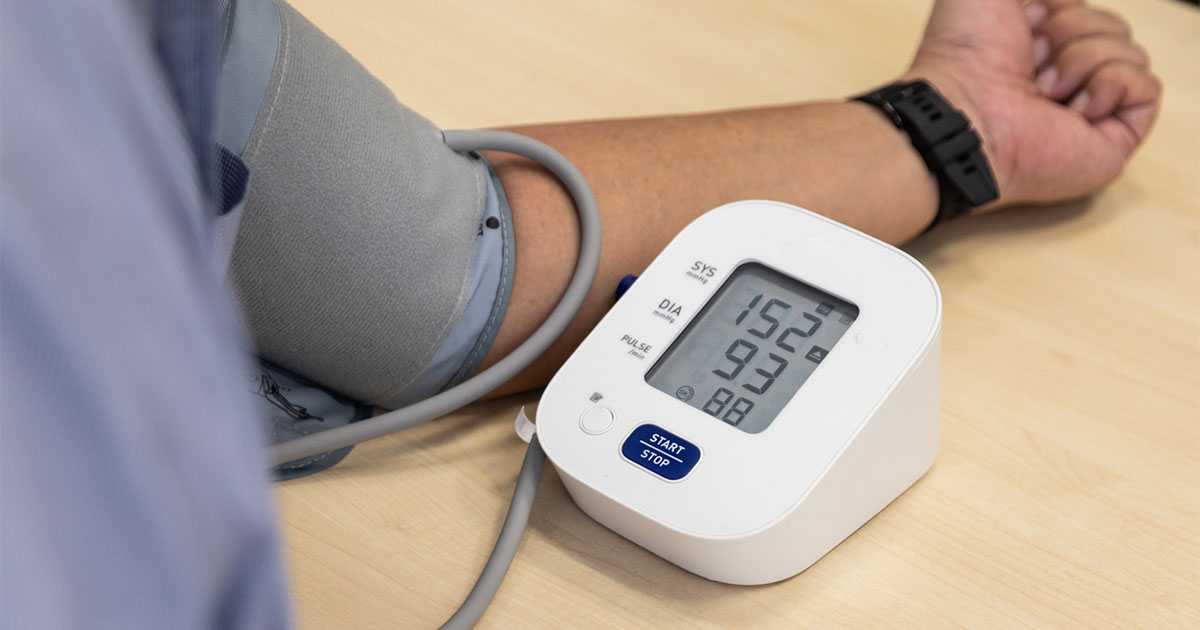In the introduction to their article, Peter et al (on page 276) quite rightly identify the importance of lifestyle change as the cornerstone of diabetes management. In the study, they set out to answer a most important question: can effective lifestyle intervention for people with type 2 diabetes be delivered in primary care?
The study findings provide a very useful insight, demonstrating that sustained improvement in diabetes control is unlikely to arise as a result of routine lifestyle advice delivered within our day-to-day clinical practice. This, of course, should come as no surprise as people with type 2 diabetes live in a culture reinforced by powerful commercial forces that promote over-consumption and physical inactivity. Supporting people to navigate their way through our obesogenic environment each and every day for the rest of their lives is undoubtedly a difficult and daunting task for any lifestyle intervention.
Although a sustained improvement in glycaemic control was not observed beyond 8 weeks in this study, a significant and sustained improvement in weight, BMI and waist circumference was seen at 26 weeks. Unfortunately, it is well established that short-term interventions of this nature do not result in long-term weight loss. One would expect the measurement of weight loss at 26 weeks to represent the peak weight-loss outcome of this brief intervention, anticipating a degree of recidivism and weight re-gain back to baseline levels at longer-term follow-up (Bray et al, 1998; Norris et al, 2005).
The authors conclude that more intense health interventions are probably needed to effect change. This valid conclusion is underscored by good evidence that significantly more intensive interventions, outside the scope of routine lifestyle advice offered in primary care, can bring about sustained improvements in diabetes outcomes. We have evidence from the Look AHEAD (Action for Health in Diabetes) trial that intensive lifestyle intervention delivered via an impressive schedule of weekly appointments for 6 months followed by three appointments per month for the next 6 months, led to a significant and sustained reduction in weight: average weight loss was 8.6% of participants’ initial weight in the intensive lifestyle intervention (ILI) group compared with 0.7% in the diabetes support and education (DSE) group (P<0.001) at 1 year (Look AHEAD Research Group et al, 2007). Importantly, weight loss was maintained in the Look AHEAD trial (4.7% average reduction in initial weight at year 4 in the ILI group compared with 1.1% in the DSE group; P<0.001) following further intense follow-up consisting of monthly consultations and additional phone and email contact during this period.
In addition to significant and sustained weight-loss outcomes, Look AHEAD demonstrated significant improvement in glycaemic control at 1 year from 7.3 to 6.6% (56 to 49 mmol/mol) in the ILI group versus 7.3 to 7.2% (56 to 55 mmol/mol) in the DSE group (P<0.001), which was sustained at –0.36% versus 0.09%, respectively (P<0.001), when averaged across the 4 years of the study (Look AHEAD Research Group and Wing, 2010).
The study described by Peter et al is simple enough to reproduce in a primary care setting as part of routine diabetes care, but is demonstrated as being ineffective in achieving sustained improvements in HbA1c outcomes for people with type 2 diabetes. This study is most in keeping with the conventional “advice giving” brief interventions that we are presently encouraged to adopt in our everyday practice.
The subsequently described more intensive Look AHEAD trial may be considered a “second way” approach, which, although effective, is unlikely to be considered for wide-scale adoption in our present economic climate in view of the significant barriers of cost and the burden of healthcare professional resources required to replicate this intervention.
When considering where we might go from here, an opportunity may present itself for us to develop a “third way” approach to this problem by learning and promoting the lifestyle change lessons which overweight and obese people have found themselves to be effective and sustainable. One such non-intervention source, the National Weight Control Registry (NWCR; 2011) simply describes the characteristics of “successful slimmers” who have registered online the various lifestyle approaches that they have found most helpful and easiest to sustain in their quest to manage their weight.
NWCR participants who have achieved and maintained significant lifestyle changes, describe how they have managed to successfully sustain changes to their diet, and incorporate activity, mostly walking on average 1 hour per day, into their day-to-day lives. NWCR “successful slimmers” have integrated these eating and activity changes into their lives by adopting a strategy of problem solving, planning and thinking ahead.
Rather than focusing on delivering a prescriptive intervention with 500–1000 daily calorie deficits and gym-based activity programmes, our goal in primary care might be better aimed at delivering consistent NWCR messages that have “proved themselves in the field”. Presenting evidence of strategies that have worked well for others in their circumstances, leading to significant and sustained weight loss outcomes, provides rather more of an opportunity for people to buy into the advice on offer. More modest and manageable behaviour change aims facilitate this process; focusing on reducing consumption by suggesting small but sustainable “stabilising eating” goals, for example, and simply trying to help people reduce levels of inactivity.
We might do well ourselves to use every opportunity available to us to make use of our local “free gym” (by climbing the stairs instead of the escalator, for example), and encourage our patients to do the same. In this way we may sustain this “everyday activity” lifestyle behaviour for the rest of our lives, and teach this most important lesson to our children and grandchildren.





Poster abstract submissions are invited for the 21st National Conference of the PCDO Society, which will be held on 19 and 20 November.
10 Apr 2025